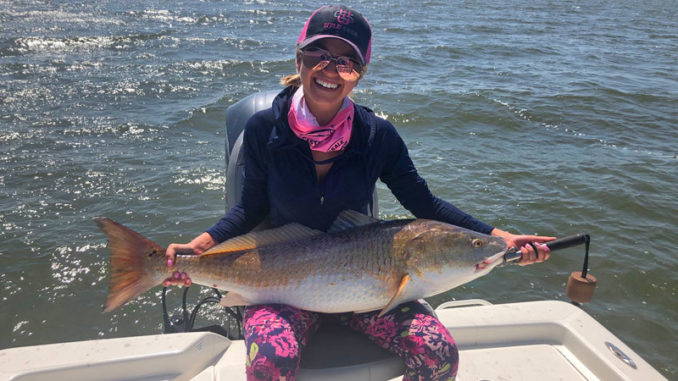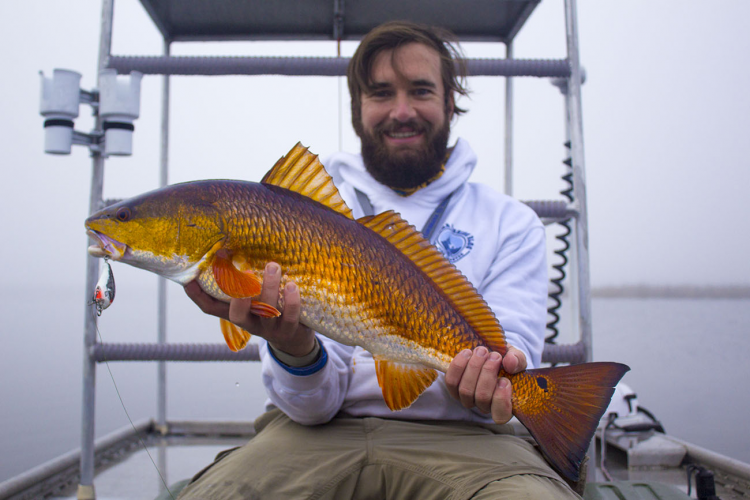
Get out of your typical routine — and ultimately catch more fish
Are you launching from the same marina and fishing the same old spots?
That’s what I used to do. See, I was interested only in my short-term success — never my long-term success.
I always fished the same handful of locations, and always got the same results: Sometimes I limited out, sometimes I had little to show.
When my honey hole didn’t produce, I didn’t have a Plan B — and it cost me. When I struck out, I struck out hard.
But once I knocked that practice off, I started catching more speckled trout and redfish.
Here are three ways I did it:
1. Don’t continually fish the same area.
Now, I launch from marinas I rarely go to or have never seen.
Instead of driving my boat to the same spot, I’m forced to find fish using the fundamentals of inshore fishing.
In the process, I learned what really makes a honey hole a true “honey hole.”
Now I feel confident I can go into any marsh and have a good day. It’s a great feeling you should have, too.
2. Try new tackle.
It’s age-old wisdom that anglers should use what they are confident with, and that’s great fishing advice that works.
But, in the same breath, I will tell you to try something new.
Not a new color or lure, but something fundamentally different — like fishing line or a reel-type you’re currently uncomfortable with.
For example, I always disliked anything that wasn’t 20-pound test PowerPro. Now that’s changed — and today I use monofilament, fluorocarbon and braid, all on spinning and casting tackle.
Monofilament is cheap and neutral buoyant, fluorocarbon sinks with a jighead and 65-pound braid can yank any redfish out of a grass mat.
They’re all valuable “tools in the toolbox”, or in our case, tackle box.
3. Go on “learning trips.”
Some days I make the decision to “let go” of the fish. On these trips I tell myself long before launching the boat that today is not about catching a limit.
Then I leave the dock to explore the marsh, try new spots and discover safe routes.
 If that isn’t feasible, I will at least go exploring after I catch a good deal of fish.
If that isn’t feasible, I will at least go exploring after I catch a good deal of fish.
Otherwise, I get stuck in the rut of needing to catch a limit — and never get to learn or see new things.
Interestingly enough, it’s days I let go of the fish that I really smash them. It seems counterintuitive, but it really does work.
Conclusion
When you do these three things, you will improve your fishing trips over the long-term.
Think of these practices as your homework. Fish have tails, and it’s just a matter of time before they use them to swim somewhere else. And when they do, you’ll need what you learned from your homework to find them again.
Editor’s Note: Devin Denman is an avid inshore fisherman who writes the Louisiana Fishing Blog. To read more of his articles, visit lafishblog.com


